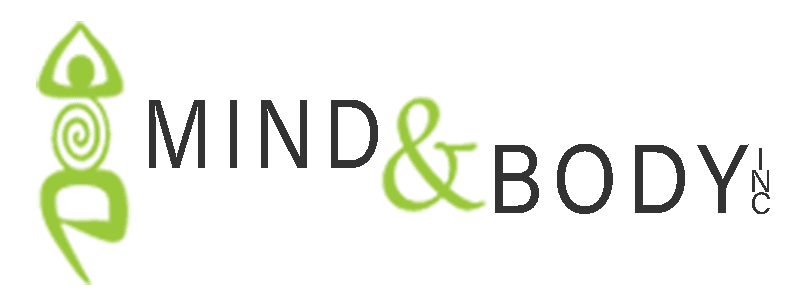
FAQ
How many sessions do I need?
In your first session we will do a physical evaluation of posture, mobility, functional movement, and strength to decide where to go from there. Your goals with the sessions are important. Are you looking for an overall postural and mobility improvement or do you have an acute specific injury or injuries? We will make an initial recommendation and after 2-3 sessions will re-evaluate. Generally, 7 -15 sessions will work for most. Maintenance sessions vary from every 4-8 weeks to once or twice a year.
How do I dress for a structural integration and myofascial session?
We work with male clients in shorts and for female clients shorts and sports bra or tube top . It’s important that it is something you are comfortable moving around in. Something you could exercise in but also not too tight to restrict movement.
Is Synergetic Structural Integration and Myofascial Therapy painful?
Working without oil or lotion is necessary to achieve long-term lasting results. In dry work, we are trained in how to “scoop” myofascia to make it more pliable and supple. This, however, may cause sensitivity in the skin and fascial layer, but as we work slow, scientific research has shown that the fascial layers glide and relax. We always work with each individuals pain tolerance level. Bottom line, we are results-oriented, but we work very different with an athlete compared to an elderly person, for example.
What type of results could I expect from Synergetic Structural Integration and Myofascial Therapy?
Scientific research – LINK Documentary video -have shown that slow deeper pressure (Not traditional massage) as in myofascial bodywork or structural integration can lengthen unhealthy or adhesive fascial layers 25 % or more. This can make a big difference in relieving joint, nerve and muscle pain. You can also expect postural and functional movement improvements.
Why schedule with Mind & Body Inc?
We are myofascial specialists. We receive referrals from MD’s, DO’s, Physical Therapists, Chiropractors, Nurse practitioners, Fitness trainers, Yoga teachers, Occupational Therapists because they know we get results. We have a track record of providing quality therapy.
What makes Synergetic Structural Integration and Myofascial Therapy different from traditional massage?
Traditional massage such as Swedish uses oil and has as its main purpose, to relax the body and increase circulation. Deep tissue with lotion is often combined with Swedish and is a deeper bodywork but does not generally produce long term lasting postural benefits beyond the short term. Clients generally keep coming back with the same problems.
Myofascial therapy and Structural Integration have long term structural balancing results, improving posture and mobility by utilizing deep and slow hands-on work with active or passive movement. Scientific research has shown that this type of approach will lengthen shortened and dry adhesive fascia. The “knots” that people talk about are actually mostly in the fascia not in the muscles. The chronic tension that many people have can be greatly relieved with the postural changes produced by myofascial work. In fact, the entire system benefits down to the cellular level.
What type of training does a Synergetic Structural Integrator have in addition to Massage Therapy School?
A licensed Massage Therapist in Mississippi is required to have 700 hours of basic training. Myofascial Therapy is offered as an introduction in only some of these programs and Structural Integration is not part of Massage Therapy school training at all.
A Synergetic Structural Integrator has, in addition, a minimum of 200 hours of Synergetic Myofascial and Structural Integration training. This is an intensive advanced program founded by Magnus Eklund. Students who complete this further training are then specialized and possess a hands-on capability above and beyond what is expected in the field of massage therapy.
